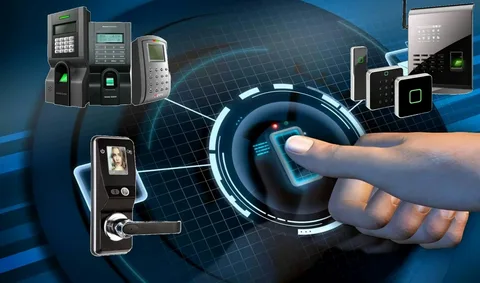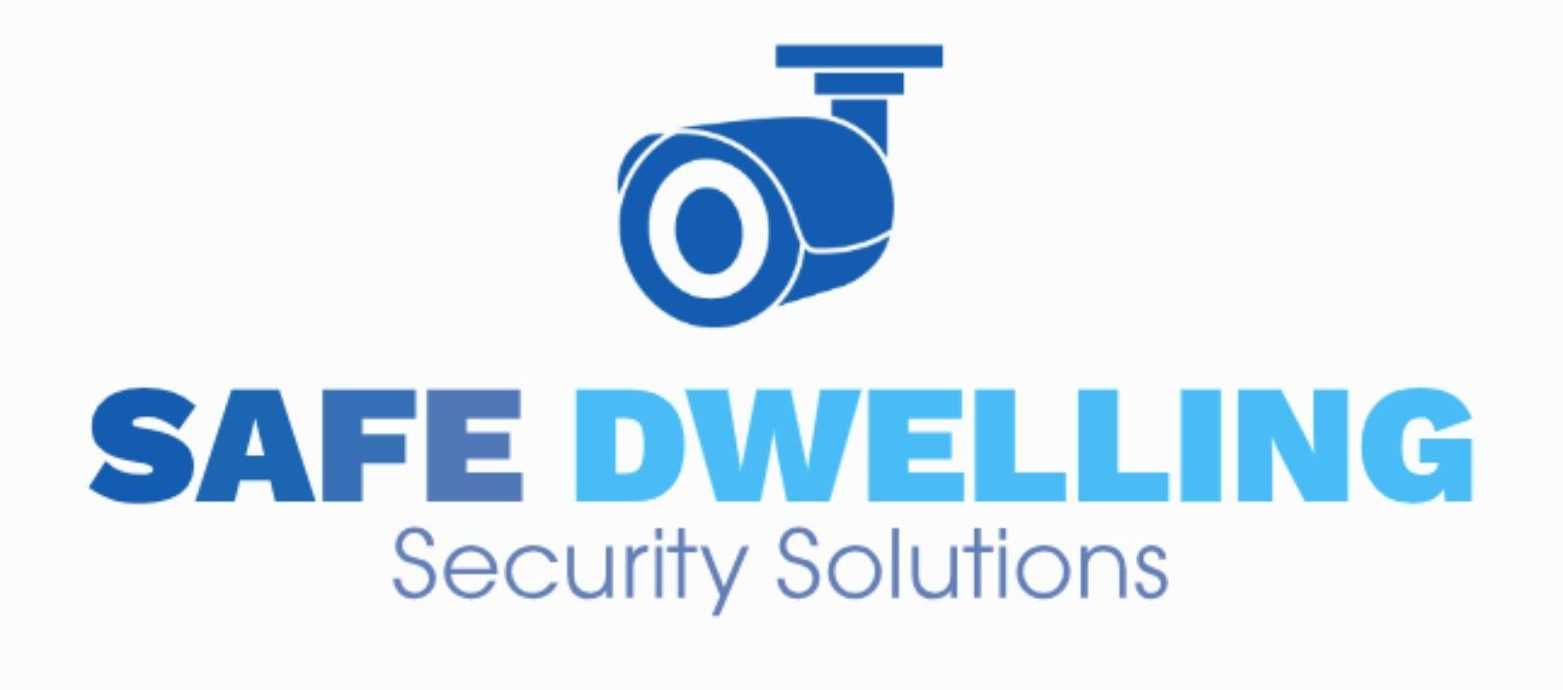In today’s world, security is a top priority for businesses, organizations, and even residential properties. Keeping unauthorized individuals out while allowing authorized personnel to enter seamlessly is crucial. This is where access control comes in. But what exactly is access control, and why is it essential for businesses?
This guide will break down everything you need to know about access control systems, their types, benefits, and how they enhance security. Let’s dive in!
Understanding Access Control
Access control refers to the security solutions, measures, and technologies used to regulate who can enter or exit a particular space. It ensures that only authorized individuals can gain access to restricted areas, whether physically or digitally.
In simpler terms, access control acts as a digital key that allows entry to specific people while keeping others out, providing enhanced security solutions for various industries. These systems are used in various industries, including corporate offices, healthcare facilities, government buildings, and educational institutions.
How Does Access Control Work?
Access control systems work by verifying and granting permission to individuals based on predefined security protocols. Here’s a basic process of how these systems function:
- Authentication: The system identifies the user through credentials such as keycards, biometric scans, or PIN codes.
- Authorization: Once verified, the system checks if the user has the necessary permissions to access the area.
- Access Granted/Denied: If authorized, the door unlocks or the system grants digital access. If denied, access remains restricted.
Modern access control systems can be integrated with security cameras, alarms, and other security measures to enhance overall protection.
Types of Access Control Systems
There are different types of access control systems, each designed to meet specific security needs. Here are the four primary types:
1. Discretionary Access Control (DAC)
DAC is the most flexible type, allowing owners or administrators to decide who can access specific areas. This system is often used in small businesses and homes, where access rights can be customized easily.
2. Mandatory Access Control (MAC)
MAC is the most rigid type of access control, used in high-security environments like government facilities and military bases. Access permissions are assigned based on strict security policies, and users cannot change their access levels.
3. Role-Based Access Control (RBAC)
Permissions are granted by RBAC according to a user’s position within an organization. For example, an HR manager may have access to employee records, while a security guard has access to surveillance systems. This method is widely used in corporate settings.
4. Rule-Based Access Control
This system grants or denies access based on set rules and conditions. For example, employees may only be allowed to enter a building between 8 AM and 6 PM.
Benefits of Access Control
Investing in access control systems offers numerous advantages, including:
1. Enhanced Security
By restricting access to unauthorized personnel, businesses can reduce theft, vandalism, and unauthorized entry.
2. Improved Safety
Employees and visitors feel safer knowing that only approved individuals can enter the premises.
3. Increased Efficiency
Traditional keys are no longer necessary because to access control, which lowers the possibility of keys being misplaced or stolen. It also streamlines entry processes, making operations smoother.
4. Detailed Access Logs
Most access control systems keep track of entry and exit logs, providing valuable data for security monitoring.
5. Remote Access Management
Many modern systems allow businesses to control access remotely, making it easy to grant or revoke permissions in real time.
Choosing the Right Access Control System
Selecting the best access control system for your business depends on various factors, including:
- The size of your facility
- The number of users
- The level of security required
- Integration with existing security systems
Working with professional security providers can help you determine the best solution tailored to your needs.
Conclusion
Access control is a critical component of modern security, providing businesses with the ability to safeguard their premises effectively. Whether you need biometric authentication, keycard access, or cloud-based security solutions, implementing the right access control system ensures a safer and more efficient environment.
For expert access control installation and security solutions, trust Safe Dwelling Security LLC to provide top-notch protection for your business. To find out more about our services, get in touch with us right now!
Frequently Asked Questions (FAQs)
1. Describe access control and explain its significance.
Access control is a security system that restricts entry to authorized individuals. It helps businesses enhance security, protect sensitive data, and improve operational efficiency.
2. What are the most common types of access control systems?
The most common types include Discretionary Access Control (DAC), Mandatory Access Control (MAC), Role-Based Access Control (RBAC), and Rule-Based Access Control.
3. Can access control systems be integrated with other security measures?
Yes, modern access control systems can be integrated with surveillance cameras, alarms, and biometric systems to provide comprehensive security.
4. Is biometric access control more secure than keycards?
Biometric access control, such as fingerprint or facial recognition, is more secure than keycards because it eliminates the risk of lost or stolen credentials.
5. How do I choose the best access control system for my business?
Consider factors such as the size of your facility, security requirements, and ease of use. Consulting with a security expert can help you choose the most suitable system.


